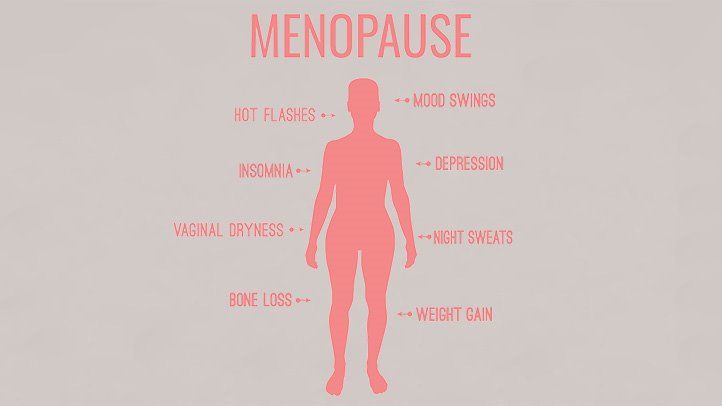
Menopause at Work
Menopause occurs when a woman hasn’t menstruated in 12 consecutive months and can no longer become pregnant naturally. It usually begins between the ages of 45 and 55, but can develop before or after this age range.
Menopause can cause uncomfortable symptoms, such as hot flashes and weight gain. For most women, medical treatment isn’t needed for menopause.
100% of women will go through menopause but that’s nothing new. What has changed is women’s role in the UK workforce.
Women currently comprise nearly half the UK workforce and the number of older UK women in employment has been rising for a number of years alongside the rising retirement age.
As a result of this more women are experiencing menopause whilst working. Moreover, growth in female leadership means the number of women in senior roles is rising and will continue to do so.
So, menopause is more relevant in the workplace today than it was even 20 years ago because women are working longer and they’re working in more senior positions too. The menopause symptoms women will experience can affect performance at work and impact relationships with managers, colleagues and clients.
Symptoms include poor memory and concentration resulting in an inability to recall facts, figures and names leading to a loss of confidence with colleagues and clients. Hot flushes aren’t just uncomfortable they’re embarrassing too. How would you feel about leading an internal meeting or pitching to clients when you’re at risk of visibly breaking into a sweat every 30 minutes?
The good news is with the right support and access to balanced expert information women can successfully learn to manage symptoms at work and at home too.
Start by reviewing the occupational health and wellbeing documentation you may have in place. If you require this documentation, please contact us.
Updating your occupational health and wellbeing documentation is just one way your organisation can support female employees through menopause.
In the meantime, if you have any queries, please contact us.
Alternatively, contact hello@talkingmenopause.co.uk to discuss the range of solutions available to your organisation to minimise the impact of menopause in the workplace.